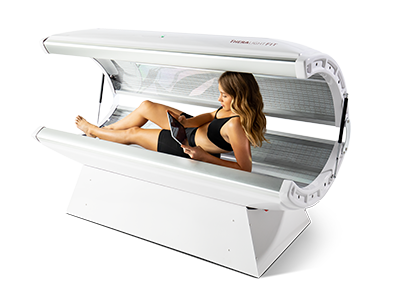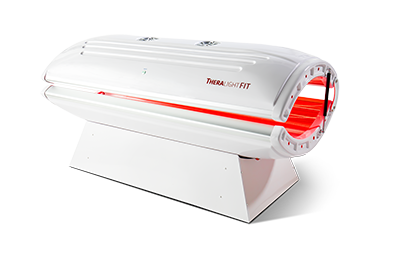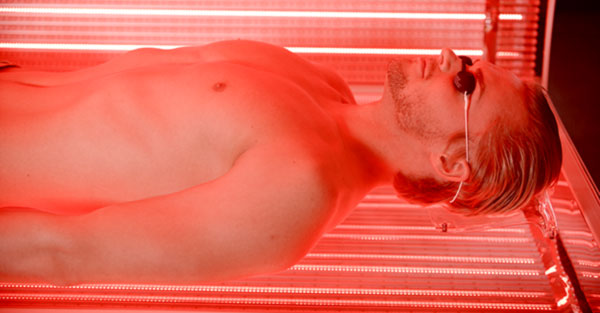 Light for a Healthier Life
Light for a Healthier Life
A Breakthrough in Full Body Photobiomodulation
 The Problem: Inflammation Caused by Oxidative Stress
The Problem: Inflammation Caused by Oxidative Stress
Oxidative stress is the result of an influx of free radicals or oxygen-containing molecules such as peroxides to the body’s cells, which can cause damage if not properly metabolized and broken down. Under normal conditions, the body’s cells have mechanisms to break down free radicals, but some conditions produce too many for the body to effectively handle. When the body’s cells aren’t able to effectively metabolize peroxides and free radicals, they can cause damage to the cell.
The result of oxidative stress is inflammation, which beyond causing pain, contributes to the aging process and is accepted by the medical community as the underlying cause for many chronic diseases.
The Solution: Photobiomodulation Therapy
 Also known as low-level laser therapy (LLLT), photobiomodulation is the use of light for therapeutic change in the body. By exposing the body to certain wavelengths of light, photobiomodulation therapy (PBMT) can reduce pain and inflammation as well as encourage healing in wounds, tendons, muscles, nerves, and bones.
Also known as low-level laser therapy (LLLT), photobiomodulation is the use of light for therapeutic change in the body. By exposing the body to certain wavelengths of light, photobiomodulation therapy (PBMT) can reduce pain and inflammation as well as encourage healing in wounds, tendons, muscles, nerves, and bones.
The goal of PBMT is to reduce inflammation and underlying oxidative stress by increasing circulation and energy production. PBMT is a non-invasive, drug-free procedure with no side effects.
Experts Agree: PBMT is Dose Dependent & Effective
PBMT has been studied extensively in over 500 published double-blind, randomly-controlled studies and over 5,000 laboratory studies. Experts have shown that photobiomodulation therapy is dose dependent, meaning the dosage of light (wavelength + exposure time) determines the outcome. Using the TheraLight 360 Light Pod, patients should need no more than 10 minutes of exposure every other day to achieve results. PBMT has profound positive effects with proper dosage on a wide variety of conditions, such as the following:
- Arthritis
- Nerve pain and nerve regeneration
- Tendinopathies
- Soft tissue healing
- Musculoskeletal pain
- Sleep disturbances
- Anxiety and depression
- Improved muscle performance and recovery
Recent studies show that PBMT is also effective in improving athletic performance. PBMT can increase exercise capacity, resulting in longer exercise times; additionally, PBMT can speed up recovery by reducing production of lactic acid, creatine kinase, and c-reactive protein.
